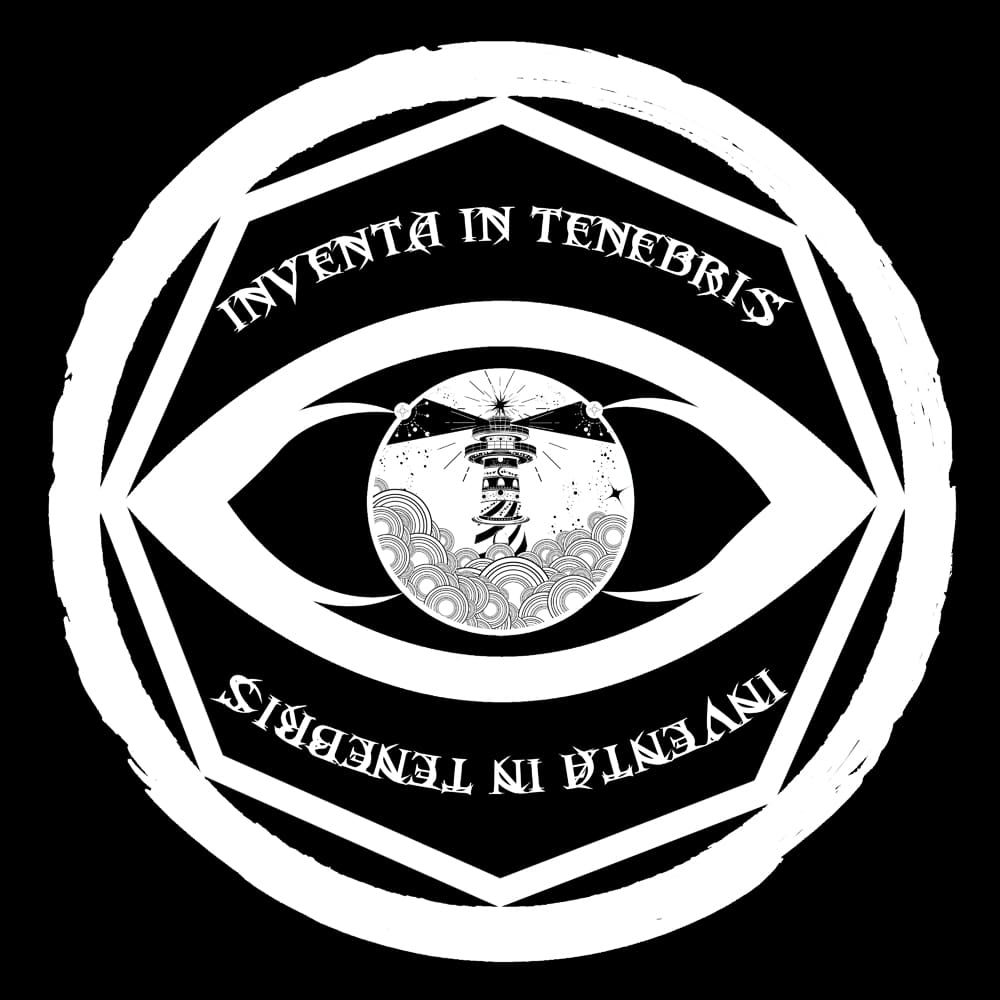Ah, this is an eternal old chestnut. Way back in 2006, in the early days of this blog, I had a post about the difference between dark fantasy and horror. That post is here. I still stand mostly by it. However, in the introduction to the 2010 edition of Paula Guran’s “Year’s Best Dark Fantasy & Horror 2010”, she had this to say:
There’s no single definition. “Dark fantasy” isn’t universally defined—the definition depends on the context in which the phrase is used or who is elucidating it. It has, from time to time, even been considered as nothing more than a marketing term for various types of fiction.
Darkness itself can be many things: nebulous, shadowy, tenebrous, mysterious, paradoxical (and thus illuminating)…
A dark fantasy story might be only a bit unsettling or perhaps somewhat eerie. It might be revelatory or baffling. It can be simply a small glimpse of life seen “through a glass, darkly.” Or, in more literary terms (all of which are debatable), it might be any number of things—as long as the darkness is there: weird fiction (new or old) or supernatural fiction or magical realism or surrealism or the fantastique or the ever-ambiguous horror fiction.
As for defining horror: Since horror is something we feel—it’s an emotion, an affect—what each of us experiences, responds or reacts to differs.
I really like what she says there and it’s further proof that genre definitions are heinously hard to pin down.
You can read the full intro here, and I suggest you do.
.
